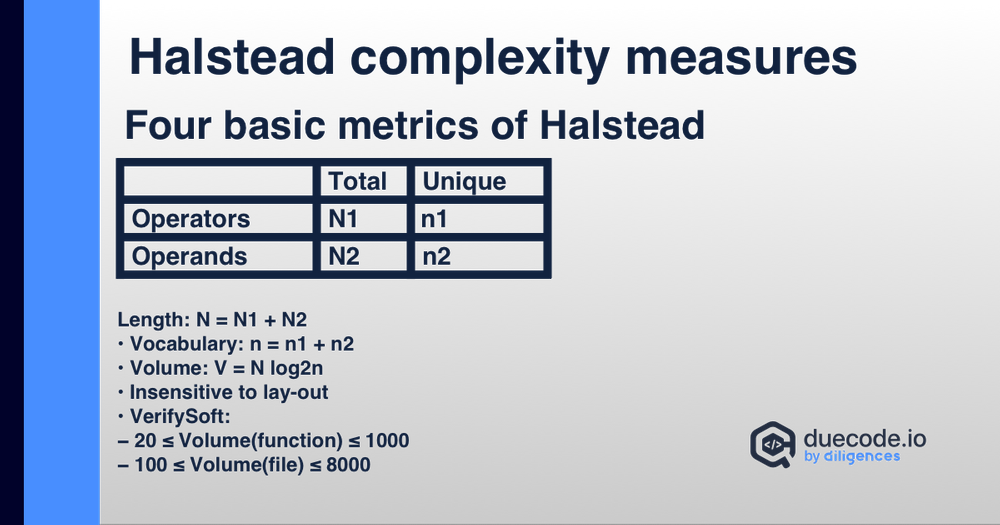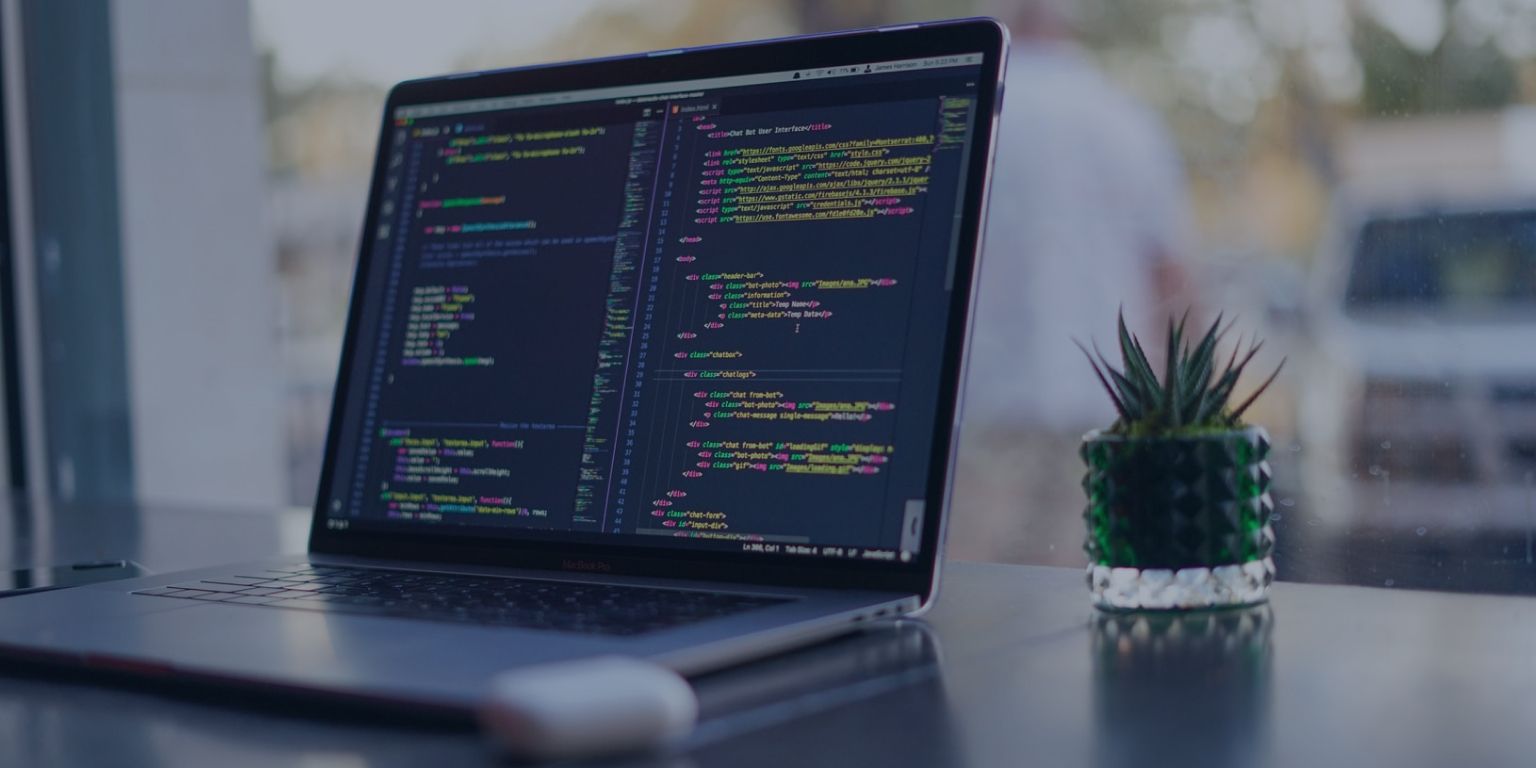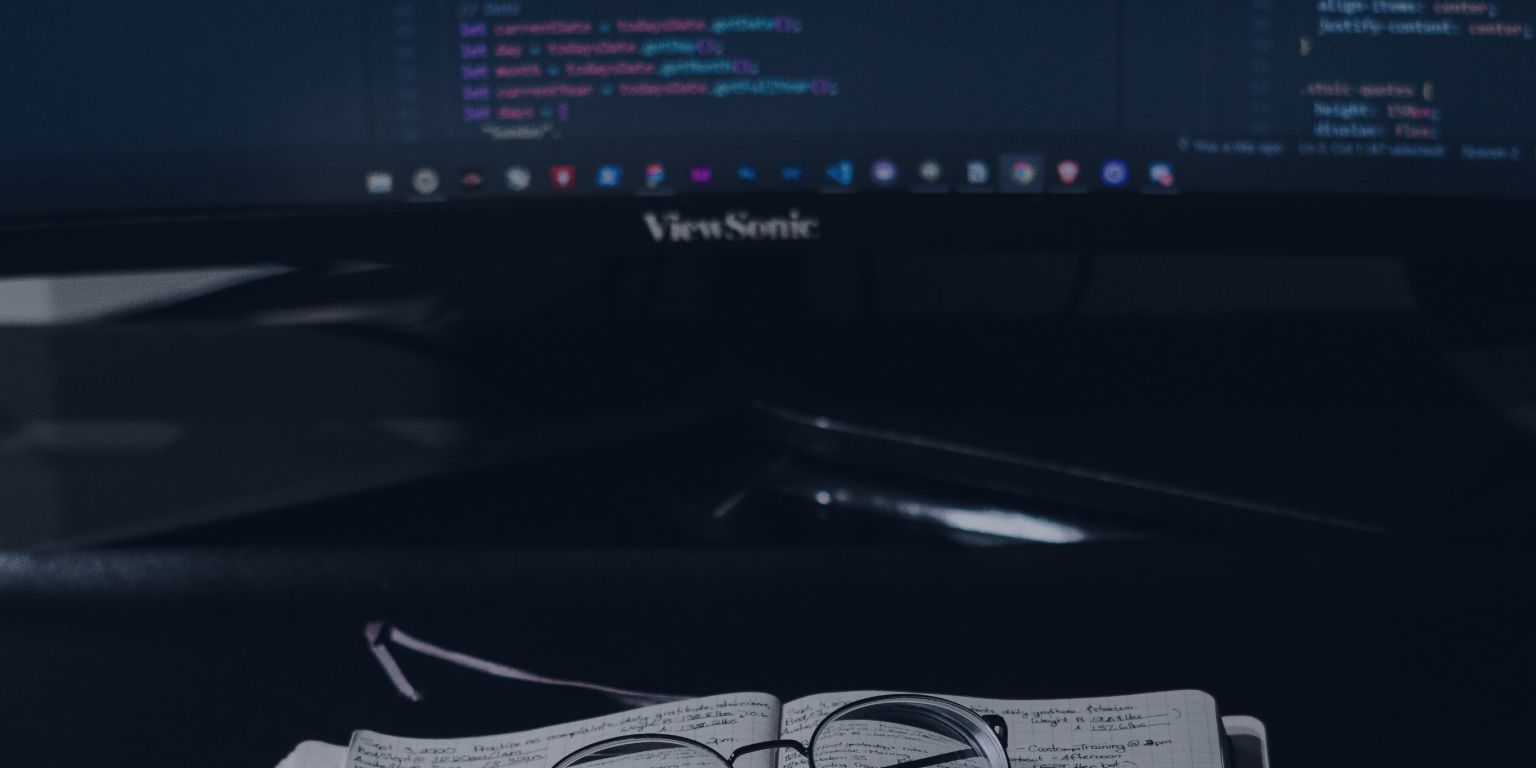How To Measure Code Quality
23 October 2020 9 min read

Video Version Of This Article
Audio Version Of This Article
Appraising your code quality
Software Engineers are in great demand nowadays. Their unique skill sets make them different from the other available professions. Because digitalization is occupying our everyday lives more than ever before, every application that we use is being handled by Software Developers. Be it Facebook, Instagram, Linkedin, or Twitter, all of them are being managed by thousands of Software Engineers.
No matter what language it is, all the applications we use every day are programmed in some language; C++, Python, Java, or Javascript to name a few. The codebase of these applications usually runs into few millions lines of code- yes millions of lines. To give you an idea, it is being said that Facebook runs on 62 million lines of code. And this figure does not include the backend component. Maintaining such a huge codebase in itself is such a daunting task.
Facebook runs on 62 million lines of code
There are different teams like the Development Team, Testing Team, QA Team, SRE Team to handle the different kinds of situations. But a thing that remains common in them is that all of them ultimately work and debug the code.
It is therefore very clear that there must be certain standards that must be followed by the developers while writing the code. Now, these standards can vary from one company to another or from one team to the other.

The aggregate of these standards is known as the ‘Code Quality’. For any Software Engineers who are reading this, remember how we in our early days, when we were just beginning to code, gave the inappropriate name to the variables like var a, b, t, etc?
Or do you remember how we used to name our functions- like func1(), func2(), etc? We are sure, you do. But as time progressed and we became more experienced, all these things changed.
We were taught that variable naming should always make some sense and should highlight the particular thing that it is referring to and functions should always be named in such a way that it should give another person the hint that what this piece of code is trying to do. This is an example of code quality.
Quality of Code cannot be ignored!
At the point your code-base is spotless in addition to being richer, the original code is more convenient to work with. When you go for adding new features or fixing technical debt any time ahead, a high-quality code helps. A trustworthy coding proves to be profoundly neat and dependable. The quality matters a lot in the coding business because it makes distinct that the software is simpler to review; thus, it's more convenient to carry it on for the long run.
Programming Quality alludes to two related however particular notions:
- Operational quality reflects how well it follows or adjusts to a given plan in light of practical necessities or specifications. And how much the right programming was delivered.
- Constructional quality alludes to how much more to do with how much the product functions depending on the situation.
Now, maintaining good code quality comes with 3 advantages:
I) Knowledge Transfer or more commonly known as KT becomes easier.
II) It is not very tough for the new joiners to understand and make sense of the codebase.
III) Debugging and Troubleshooting becomes a lot easier.
The great nature of code has these benefits:
• Life expectancy and endurance of the product.
• Good coding means proper documentation and thus exceptionally meaningfulness.
• Utilizing remarks legitimate space, transparent documentation, as well as effortlessness in the stream are a few variables.
• Altering the original script is a more agreeable occupation with excellent code as they are more usable.
• Protection, security, and strength of the code-base is determined by the quality.
Evaluate the worth of your code:
No doubt, strategies, conditions, and proclamations help in this pursuit. Each sprint needs to end with a quality review. Whatever method you use to appraise your code's worth, it should be repeated again and again and with different perspectives each time.
A Code Evaluation happens when input information is run as source code. This is a profoundly basic issue and ought to be tended to as quickly as time permits.
The Code Evaluation Matrices aid in exploring the real worth of your code-base. A general procedure of evaluation includes the following steps:
- Know almost everything about your project
- Grab the existing code-base
- Find out the original frame on which code is constructed
- List the matrices to use for examining the quality
- Clearly understand the aim of the evaluation
- Provide results
In this article, we will discuss ‘How to measure the code quality’ and make sure your code follows the industry standards.
Beginning here, we would like to clarify what is meant by ‘good quality code’. All the applications that are developed by the Software Engineers are to meant to be used by the end-user/the client. Now, the end-user or the client has certain requirements that must be satisfied by the application.
We only talk about the ‘code quality’ once these requirements are met and the client is completely satisfied. Otherwise, no matter how good is your style of writing the code, the code will always be termed as ‘low-quality code’.

Deciding on the Exact Matrices to Employ:
There are a number of matrices to use, but the following are generally more useful in providing the intact picture of quality.
1.Defects Matrices:
Various defects matrices can be employed to check the exact number and the nature of defects found in software. No software has perfect coding, but if we have a calculation of defects or bugs found, we can work to reduce them.
2.Efficiency, Maintainability & Extensibility Matrices:
These matrices ensure that running the code is less time-taking, as well as the code is simple enough to work with and make amendments and additions.
3.Clarity, Readability, and Formatting:
Comprehensible code is always well readable, transparent, and is well-formatted. All these measures aid in the overall quality.
4.Documentation Matrix:
Whether software is documented properly provides a lot of information about its quality. Therefore a quality check cannot be completed without weighing the software for documentation.
5.Quantitative Matrices:
Such measures usually state the complexity of the code in numeric figures. The most famous measures are Halstead Complexity Measures, Weighted Micro Function Points, and Cyclomatic Complexity.

Accelerating the worth of your original code:
Extraordinary coding contributes to speeding up long stretch programming improvement since it will be reused, and designs don't have to contribute that much energy to correct the old errors while cleaning the original base.
1.Make an overview of coding:
An outline of coding shows where you file, how factors should be reported and some naming errors etc. The amount of entries that you can add to this is boundless, and the number of rules can move.
2.Filtering through essential bugs:
This ensures workability in the way wherein it's arranged. Source running the examination of the code as well as the preparation of the report should all be conceivable normally through the perpetual blend.
3.Establish Standards to compare:
Every code is written in a certain language and has a specific framework. Therefore there is a specific standard applicable for appraising that code. Therefore if you want to excel in the quality of your original code, identifying the exact standards to compare the performance and check the quality is a very important step.
4.Conduct Frequent Tests:
The fewer bugs the code has, the higher its quality. Be that as it may before you start making an overview of coding shows everybody in the gathering should be in absolute arrangement.
There is an assortment of mechanical assemblies open that can help you with making unit test and code consideration reports. Having an indisputable test system is basic concerning improving the idea of the code.
Weaving the Actual Code Quality Investigation
Scanning the code for the quality check is not a simple process. In fact, it's a highly biased procedure and may prove cumbersome. Do you have to explore what actually ended up being terrible? Why didn't we test this properly? At what various spots does this occur?
Additionally, over everything, how should we hold this back from happening again?
The best way is to check those parts that carry a linter in the pipeline since it needn't bother any of the manual exercises. Inspecting the bugs is vital. No code is without bugs, so checking them regularly and getting rid of them is the only way out.
Use efficient tools to Evaluate Code Quality
One of the super-efficient tools to measure ‘Code Quality’ is called Duecode.
Duecode is an analytics dashboard for your code projects and is a useful tool for non-tech managers like the CEO, COO, etc. It aggregates historical git data and provides some valuable insights into the higher management about the engineering team’s workflow pattern.
The best thing about Duecode is that you don’t have to be a technical person to understand ‘Code Quality’. It provides information like a user by user code commits, ticket, and pull request which easily can be used by the C-Level managers to keep the code quality as per the industry standards.
Be sure to check it out, if you haven’t done already.
Using the exact tools for static code analysis is crucial in getting valuable results. It is even possible to devise a structure bomb in times the incorporation of the code is not meeting the fundamental rate.
There are certain metrics that are used to measure code quality. These are:
Maintainability
Maintainability in terms of code quality means how easy is to make changes in the codebase and the amount of risk associated with it. Some changes that the developer estimated can be made in a few hours, if it takes around 2 days to make, implements, and push the change, then probably the code is not that maintainable. On the other hand, if the changes can be pushed without little or no hiccups, then certainly the codebase can be called ‘Maintainable’.
Well Tested:
The application is finally used by the end-user. Any bug in the application can actually demotivate the user further from using the app. Therefore, emphasis must be laid on proper testing of the application. It must be made sure by the QA and testing team that the code passes all the test cases and the corner cases. With that being said, there is no program that is free of bugs. But, these bugs must be fixed at regular intervals so as to give the end-user a trouble-free experience.
Well Documented:
Documentation is one of the most important factors that is taken into consideration while measuring the code quality. It helps other developers understand the working of the code. Even, it is useful for the author as well. No one will remember how he/she implemented a function after let’s say 3 months. Therefore, documentation serves as a good point to refer to and understand the working of the code. Another good reason for documentation is that it actually helps to improve the application design. When documenting the code, the author thinks about different components and why he/she used that and therefore can cut down on certain parts of the code if it not useful.
Efficiency:
The efficiency of a code is generally measured in terms of Time Complexity and Space Complexity. An efficient code must be able to execute in as little time as possible and consuming the least possible memory. A slow application generally distracts the end-user, hence, efficiency is the first thing developers look forward to when working with any application.
There are some quantitative measures of Code Quality as well which include Weighted Micro Function Points, Halstead Complexity Measures, and Cyclomatic Complexity, however, we won’t be going into much detail over here.
How To Measure Code Quality Infographic

We hope you like this article and this has been given you some valuable insights which will help you in your career. Code Quality is surely one of the underrated skills out there but a developer who believes and implements good Code Quality measures will certainly stand out from the rest. Happy coding :)
Want to learn more about code quality? Take a look at the "Complete Code Quality Guide".
FURTHER READING
- Complete Code Quality Guide
- Code Quality Tools
- Code Quality Metrics
- Code Quality Standards
- How to measure, check and improve code quality:
-- How To Check Code Quality?
-- How Can I Improve My Code Quality
-- How To Build A Website With Good Quality Code?
Updated on June 4, 2021





